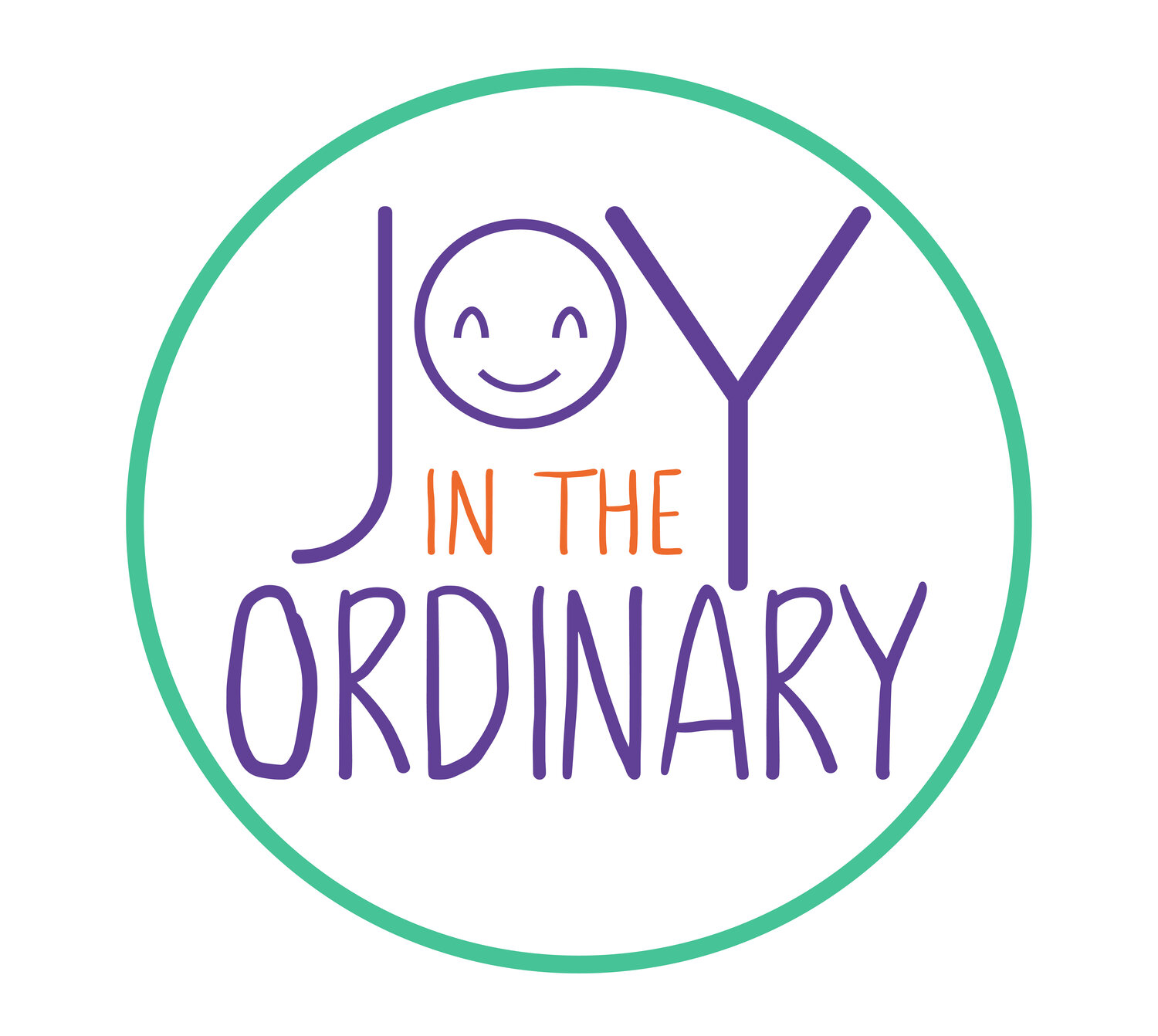Is Direct Instruction in Reading Needed in Homeschool Middle School?
This post contains affiliate links, and I received the Evan-Moor 6th grade reading bundle at no cost.
My daughters have been reading for a long time now. I taught them to read using regular books—no special curriculum whatsoever. I enjoyed those early years of reading, sort of. I don’t want y’all to think I was a mom who doted on the little ones as they sounded out the words and such because on more than one occasion I’m sure I dozed off while one of them was reading to me. Teaching kids to read can be tiring.
Why We’ve Recently Incorporated Directed Reading Instruction in Our Homeschool
Direct instruction with my daughters
Exposure to new content
My daughters don’t mind reading. Each of my daughters has her own unique stack of books. They don’t always enjoy reading the same stories. They each like their favorite types of stories, and I can relate to this. I pretty much read the same types of books—realistic fiction. I enjoy connecting with the characters and seeing them in people I know or have crossed paths with. When a reader sticks to a particular genre and rarely engages with other topics, the reader limits herself. By incorporating more direct instruction into our homeschool, I have given my daughters the opportunity to engage with stories they wouldn’t otherwise have due to the topic or genre. Evan-Moor’s Daily Reading Comprehension has been a great resource for my daughters to gain exposure to a variety of information through short stories. The daily reading lessons incorporate all types of stories including non-fiction and fiction. My older daughter was pleased to read about left-handedness in one of her daily reading lessons. They both have shared with me some of the new information they’ve picked up from the reading material.
Support for explanations related to the text
For most of my daughters’ education, I’ve been pretty relaxed which has been great for all us. I am able to follow their lead and make adjustments based on what they are presenting to me. When we added Daily Reading Comprehension to our lessons, I gave them free rein in the way they approached completing their assignments. As I checked their work, I came to the realization that they needed more guidance in formulating their responses. I believe a big part of the way they responded to questions was based on the fact that I am their teacher. Their responses weren’t written for someone who didn’t know them. As a former public and college student, I know that they will need to be able to write for an audience, not just me. For the past few weeks, we have shelved Daily Reading Comprehension, and we have been using Reading Informational Text and Reading Literary Text from Evan-Moor. Both of my daughters are using Grade 6 of these resources although both of them test academically passed this level. I made this choice because using engaging content on a level they definitely understand can help better solidify weaker skills such as writing clear explanations by using the text. Both resources walk students through looking for information within the text to support the answer. My daughters knew their reason for their response, but at times the reason isn’t directly related to what they read, but instead, it came from previously learned information. I think it’s great that they can take past information and apply it to the present, but I also need them to know how to use what is directly in front of them.
Provides the opportunity for discussion
When we first began homeschooling, I knew that I wanted my daughters to become independent learners. I wanted them to be comfortable with finding information on their own, pacing themselves, and doing what is expected even if I wasn’t around to tell them. They are very good in all of these areas, and sometimes they are too good at it. When you create independent learners, you can easily push yourself out of the job as a homeschool teacher in some subjects. This is what I had done unknowingly in the area of reading. Since we have started working on direct reading instruction together, we are having more discussions. They are also asking questions that they might not have asked if they were still going at lessons on their own. Not only are we discussing information more, but I am also able to help them with faulty thinking whether it’s misunderstanding the context in a passage or not fully grasping the meaning of the vocabulary used.
Evan-Moor’s Sixth-Grade Homeschool Bundle
When our children become independent readers and are able to share the gist of the story, it can become easy to let reading instruction fall by the wayside. I don’t believe hours upon hours of direct instruction in reading is needed for middle school children who are cognitively sound in the area or who truly have a good foundation in reading, but I do think it can help them become stronger in the areas where they are weak.
Do you teach reading directly in your homeschool?


